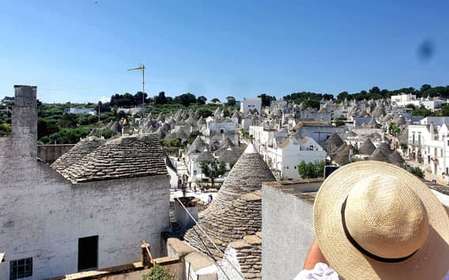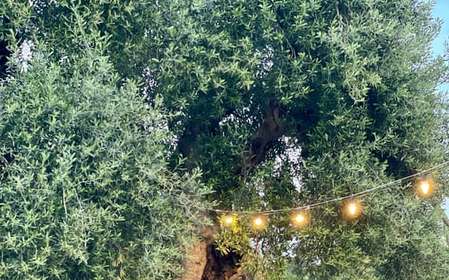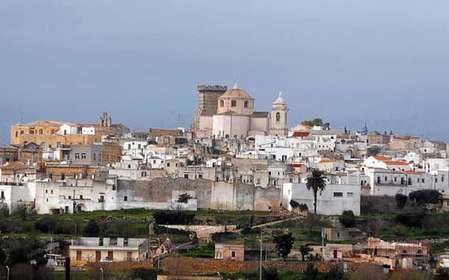- Home
- Useful Tips
- Cultural heritage sites to...
Many visitors to Puglia rush through Brindisi without discovering its remarkable cultural heritage, missing UNESCO sites and 2,000-year-old monuments that tell stories of Roman emperors and medieval traders. Over 60% of cruise passengers only see the port area, unaware that just 15 minutes away lies the best-preserved Roman column in southern Italy. This oversight leaves travelers with generic vacation photos when they could be capturing the same Byzantine mosaics that fascinated 19th-century Grand Tourists. The challenge isn't finding historic sites – it's identifying which crumbling churches hide 14th-century frescoes, which unassuming piazzas conceal underground Roman roads, and how to experience them without battling the summer crowds that overwhelm smaller venues.


Decoding Brindisi's layered history – where to start
Brindisi's strategic Adriatic location means its heritage spans Greek traders, Roman engineers, and Norman conquerors, creating overwhelming choices for time-limited visitors. The key is focusing on three eras: start at the Roman columns on Via Colonne (one still standing as it did when marking the Appian Way's end), then move to the Swabian Castle's 13th-century fortifications that guarded Frederick II's empire. Save your energy for the Cathedral's crypt, where the original 1089 mosaic floor survives in near-perfect condition. Local historians recommend visiting these sites counterclockwise to follow the city's chronological development – a simple trick most tourists miss that creates a logical narrative through 2,500 years of history.
Navigating the port city's hidden medieval treasures
Beyond the obvious landmarks, Brindisi's medieval heart beats in its labyrinthine old quarter where 15th-century palazzos now house artisan workshops. The Church of San Giovanni al Sepolcro often gets overlooked for flashier sites, but its circular Templar architecture and mysterious knight carvings make it Puglia's most intriguing sacred space. For authentic local experiences, time your visit to coincide with the monthly historical reenactments at Palazzo Granafei-Nervegna, where costumed interpreters bring Renaissance merchant life to life. These lesser-known sites require no tickets or reservations, offering atmospheric alternatives when main attractions like the Archaeological Museum face cruise ship crowds.
The underground Brindisi most tourists never see
Beneath the Baroque facades lies a network of underground chambers and Roman water systems recently opened to the public. The most impressive is the recently excavated 'Casa del Turista' complex, where 1st-century AD mosaic floors appear frozen in time under glass walkways. What makes these sites special isn't just their preservation, but how they're presented – multilingual augmented reality tablets available at entry transform crumbling walls into vivid reconstructions of Roman baths and medieval oil presses. Visiting in the cooler morning hours enhances the experience, as the subterranean spaces maintain perfect temperatures even during Puglia's scorching summers.
Local secrets for stress-free heritage exploration
Brindisi's cultural sites suffer from inconsistent opening hours and last-minute closures that frustrate even seasoned travelers. The solution? Stop by the tourist office on Piazza Duomo each morning for handwritten updates on which restorations are complete (locals know staff there have real-time monastery access info). For budget-conscious visitors, the €15 cumulative ticket covering five major sites represents exceptional value, but purchase it at the least crowded location – the tiny Santa Teresa dei Maschi church ticket office – to avoid lines. Those wanting deeper context should join the free Tuesday afternoon walks led by retired archaeology professors (meet at the Roman column), where you'll learn why Brindisi's heritage matters beyond textbook history.



